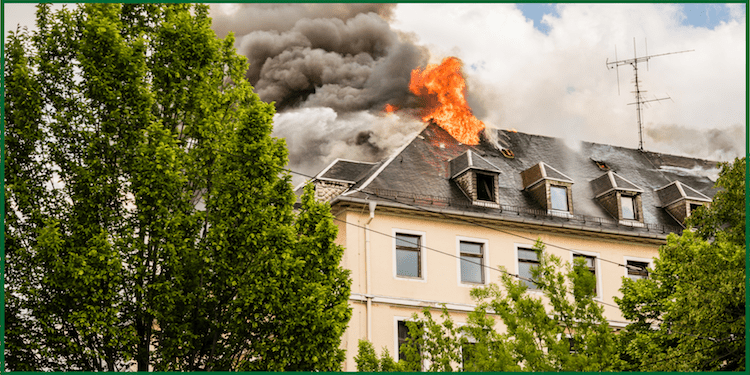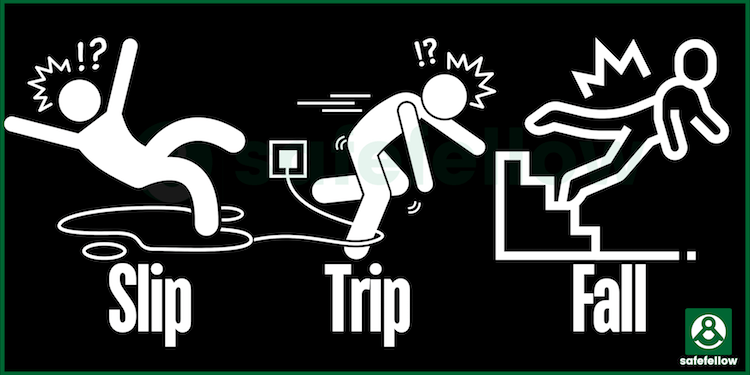Fire safety measures in multi-story buildings are paramount to ensure the protection and welfare of all occupants and assets.
With urbanization on the rise, these buildings are becoming more common. It’s crucial to have proper fire safety strategies to avoid devastating accidents and reduce the risk of damage.
This article explores different methods to improve fire safety in buildings with multiple floors, which include ways to prevent fires, detect fire early, evacuate people safely, and other essential aspects.
1) Fire Prevention:
Constructing multi-story buildings with fire-resistant materials that comply with local building codes and regulations is imperative for minimizing the potential of fires. Regular maintenance of electrical systems, heating equipment, and wiring is essential. Building management should also prohibit smoking in common areas and never allow the storage, use, and handling of open flames or flammables on balconies and corridors. Purchase Fire Prevention Kits on Amazon.com
2) Early Fire Detection:
Installing advanced fire detection systems, such as smoke detectors, heat sensors, and flame detectors, is crucial. These systems can promptly identify any signs of fire and trigger alarms, enabling a swift response from occupants and emergency services.
3) Emergency Lightning and Signage:
Adequate emergency lighting and clear signage are pivotal in guiding occupants to safe exits during power outages or smoky conditions. Well-lit routes and illuminated exit signs can make evacuation faster and more efficient.
4) Fire Suppression Systems:
Multi-story buildings should incorporate automatic fire suppression systems, such as sprinklers and fire extinguishers, to contain and extinguish fires before they spread. Regular inspections and maintenance ensure the functionality of these systems. Purchase Fire Extinguishers on Amazon.com
5) Evacuation Plans:
Creating and sharing thorough evacuation plans is crucial. All building occupants must know the escape routes, designated gathering spots, and how to assist those with mobility challenges. Building management should conduct regular fire drills to ensure readiness for emergency evacuation scenarios.
6) Compartmentalization and Firebreaks:
Divining multi-story buildings into fire-resistant compartments is essential to counter the rapid spread of flames and smoke. Firebreaks, which include fire-resistant walls and doors, can effectively limit the movement of fire within the building.
7) Fireproofing Structural Elements:
It is essential to fireproof a building’s structural components to ensure adequate time for evacuation and firefighting in case of a fire. Applying fire-resistant coatings and materials can prevent the building from collapsing, thereby preserving its structural integrity.
8) Communication Systems:
Establishing effective communication systems, such as intercoms, public address systems, and emergency notification apps, can relay important information to occupants during emergencies.
9) Collaboration with Emergency Services:
Building management should establish a strong partnership with local fire departments. Regular joint exercises and training sessions can enhance coordination and familiarize firefighters with the building’s layout.
10) Education and Awareness:
Promoting fire safety awareness among residents through workshops, brochures, and online resources can empower them to respond appropriately during emergencies.
Bottomline:
Implementing comprehensive fire safety measures is an absolute necessity in multi-story buildings.
Building management can significantly reduce the risk of fire-related incidents by focusing on prevention, early detection, evacuation planning, and collaboration with emergency services.
Enhancing fire safety measures is essential in multi-story buildings to ensure the resident’s safety and safeguard against property damage. Fire safety strategies help establish a secure living space and foster all occupants’ well-being.
Do you enjoy this reading? Kindly share with family, friends, and colleagues. Thanks! 🙂



